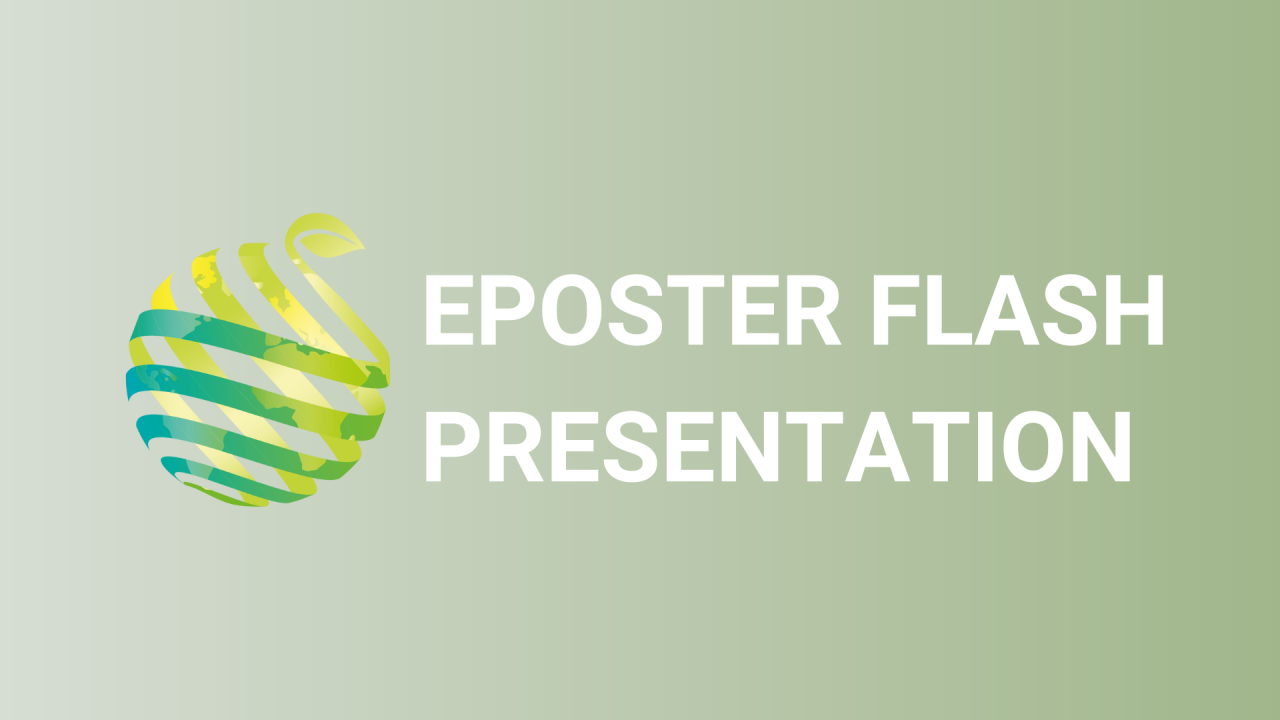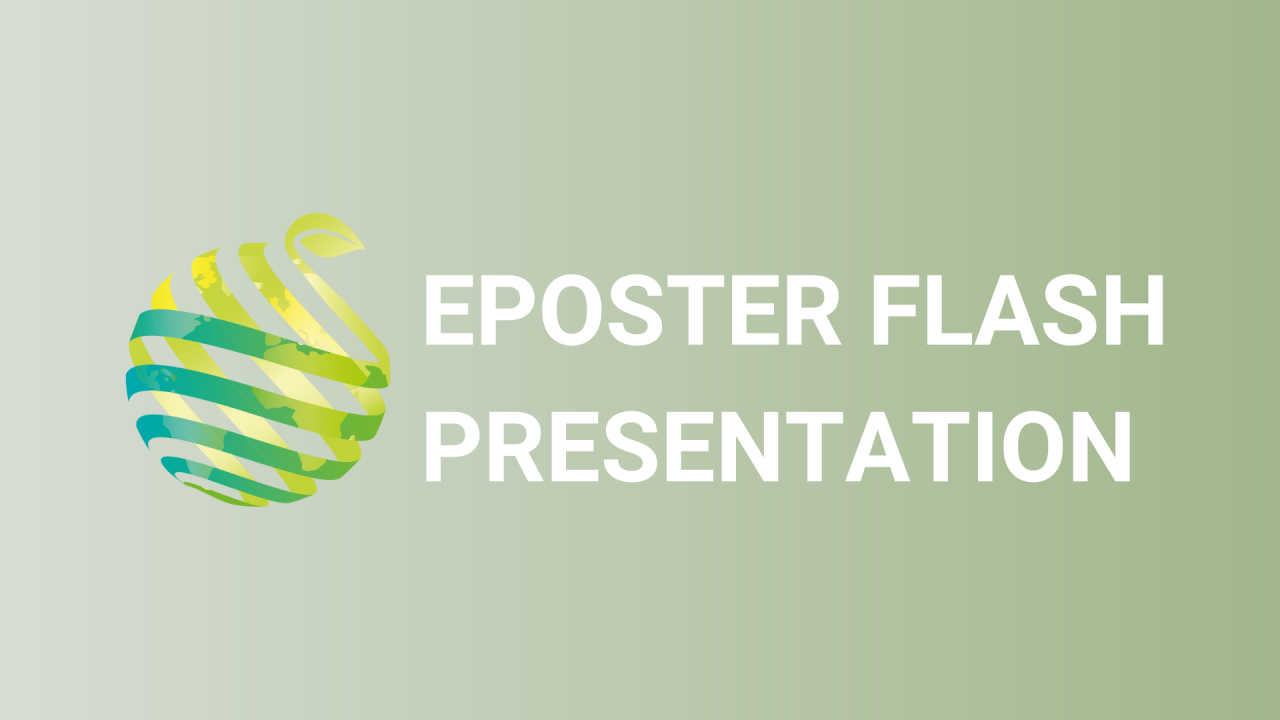

S05 - Session P3 - Chromosome number variation in caladium (Araceae)
Information
Authors: Zhanao Deng *, Zhe Cao, S. Brooks Parrish
Caladium is a member of the aroid family (Araceae), known for its brightly colored, variably-shaped leaves. Indigenous to the New World tropics, caladium was introduced to Europe first and then to other continents in the mid-18 th century. For the last eight decades, Florida has been the leading producer of caladium tubers, essentially supplying 100% of the tubers used in caladium pot plant production and landscapes worldwide. The University of Florida has supported the only public caladium breeding program in the world since 1976. In recent years this program has conducted studies to understand and utilize one important type of genetic variation, chromosome number variation, in caladium species, cultivars, regenerants, and breeding lines. Microscopic examination of squashed root tips has revealed seven somatic chromosome numbers among Caladium species, including 2 n = 18, 20, 24, 26, 30, 34, and 38, and a range of nuclear DNA content (from 2.98 to 9.89 pg/2C). While most commercial caladium cultivars are diploids with 2 n = 30, one cultivar 'White Wing' and its progeny cultivars have 34 somatic chromosomes. Tetraploids (2 n = 4 x = 60, or 68) and aneuploids at both the diploid and tetraploid levels have been identified among regenerated plants from leaf or meristem tip explants exposed or not exposed to colchicine treatment. Karyotyping seems to indicate that one chromosome in caladium cells is prone to loss during tissue culture. Two triploids have been identified from breeding populations resulting from sexual hybridization. Tetraploid and triploid caladium plants have shown rounder leaves and thicker petioles, supporting a more upright growth habit. Surprisingly, tetraploids and triploids both have good levels of pollen stainability, indicating good potential to be used as breeding parents for creating new chromosome number variation that can be used to increase genetic diversity and develop novel cultivars in caladium.